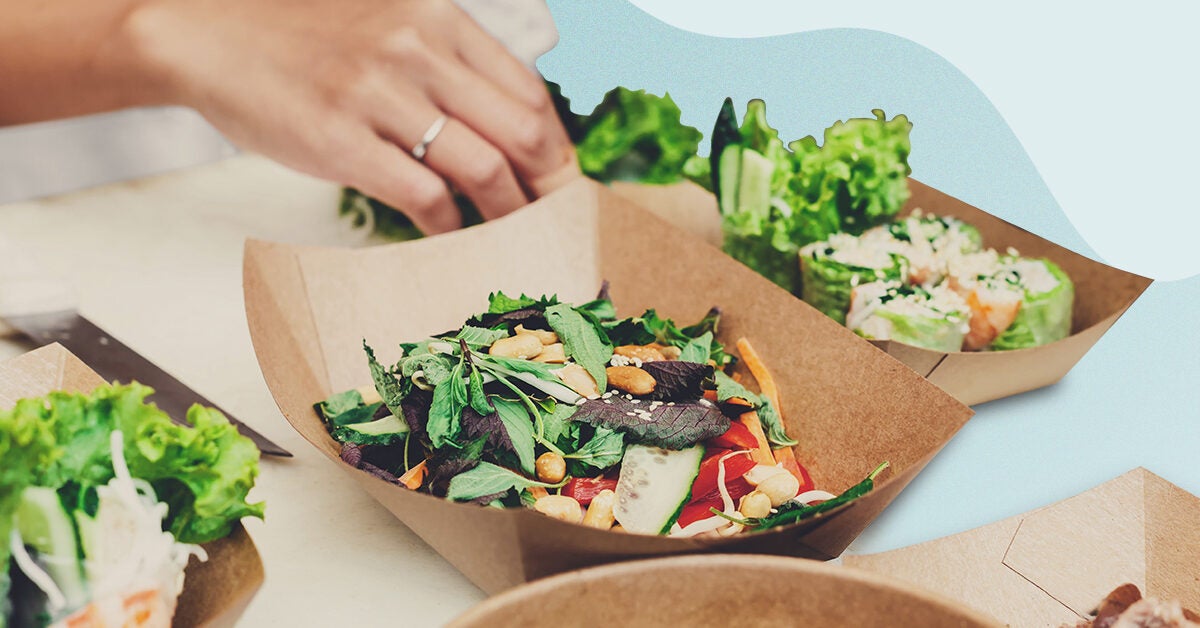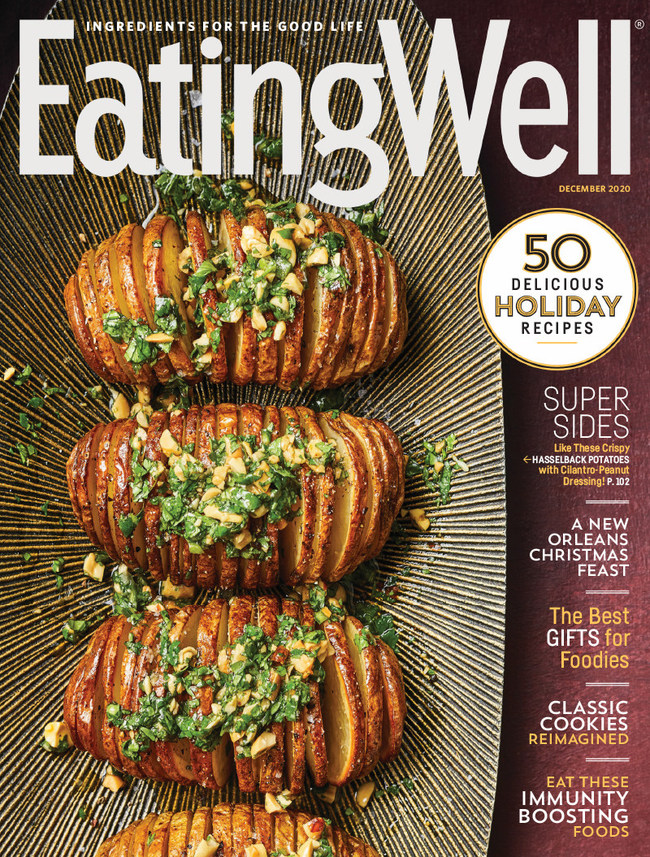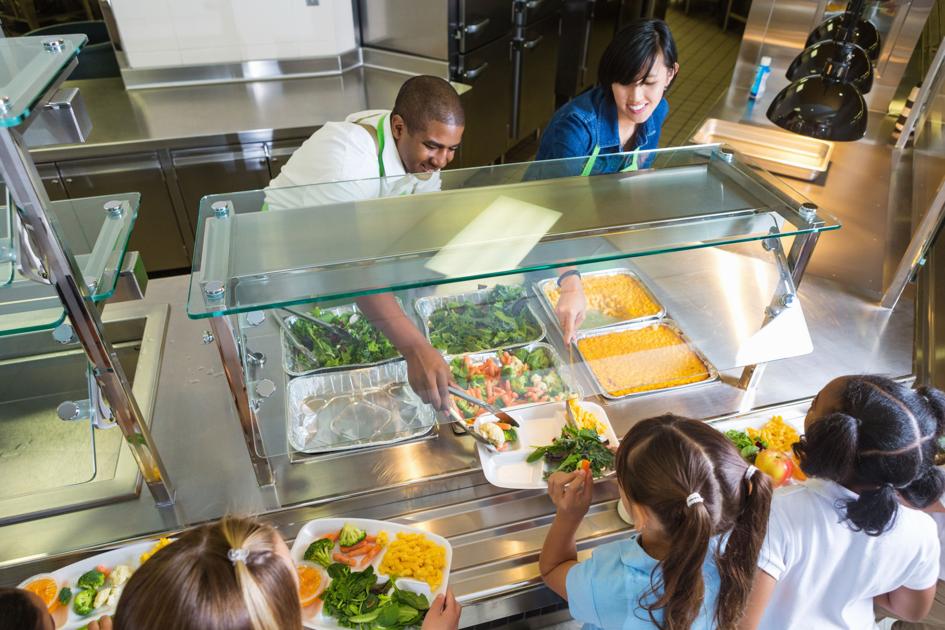It was 35 degrees as the sun went down on Thanksgiving in Minnesota, and Kaitlin Knutson grabbed an armful of cardboard dinner boxes and ambled her way through tents and dead leaves. Knutson headed one way and her co-worker went the other, asking the usual: “Anybody home? We’ve got some food.” Like many places in the Twin Cities, hope and hopelessness are never too far away from each other, and this homeless encampment—stop No. 10 on their route—sat across the street from Metropolitan State University.
Knutson spotted one of her regulars, Christy Haanen, who spread out a tablecloth for the special feast of turkey, stuffing, and pumpkin pie. Haanen, 41, has two grown children who were raised by their father, but she’s considered the mom of the encampment as she looks out for the roughly 20 people in her tent village. On this particular day, she worried about the trash, because if it piled up, it might give someone a reason to kick them out.
Few places have been hit as hard by the turmoil of 2020 as the Minneapolis-St. Paul metro area. First came the COVID-19 pandemic, then the riots and uprisings after George Floyd, a 46-year-old Black man, was killed by a white Minneapolis police officer. Large swaths of the community burned, and a state known for “Minnesota Nice” was forced to look inward at the vast disparity between the haves and have-nots, a gap strongly defined by race. (One in six Americans could go hungry in 2020 as pandemic persists.)
Inside Sean Sherman’s Indigenous Food Lab at the Midtown Global Market in Minneapolis, chefs prepare mass meals of duck to be distributed to elders in indigenous communities in need across Minnesota.
“The crisis upon crisis here has highlighted an underlying problem that has been here for decades, if not longer,” said Allison O’Toole, CEO of Second Harvest Heartland, a Minneapolis-St. Paul foodbank. “We have some of the worst disparities in the country.”
A state that boasts 16 Fortune 500 companies has dozens of homeless encampments scattered throughout the Twin Cities area. One in eight Minnesotans are food insecure—up from 1 in 11 before the pandemic—and lines of cars clog traffic near food pantries. Second Harvest has seen a 30 percent increase in food demand since mid-March.
But people like Haanen now have something to count on: Twice a day, five days a week, she’ll receive meals from the Minnesota Central Kitchen (MCK). Fronted by Second Harvest Heartland, the initiative employs furloughed chefs to make hot meals for the hungry, from the homeless to overwhelmed working parents. The Minnesota Central Kitchen has served 1.1 million meals since March and was inspired, in part, by a pre-pandemic visit from humanitarian chef José Andrés, whose World Central Kitchen has fed millions during disasters. Twelve kitchens and catering companies currently participate in the initiative, which has salvaged about 180 jobs and rescued 1.2 million pounds of surplus food.
Knutson sees the need every day. During one of her recent deliveries, someone in an encampment asked her if the vaccine was coming. When Knutson eagerly said yes, the man became worried.
Clifton Robinson stands near a shelter where he is staying and eats a boxed lunch after it was delivered by Kaitlin Knutson of Involve MN. He has been without a home for about 18 months, and currently stays in a small tented encampment. Involve MN, part of Second Harvest Heartland’s Minnesota Central Kitchen program, deliver meals twice daily to this camp and dozens of others. “You won’t starve in Minnesota,” Robinson says. “People will help you here.”
“Does that mean we’re going to stop getting resources?” he asked.
The last catering job before the pandemic was a big one, complete with a pork tenderloin carving station, cherry marmalade and tarragon aioli, pimento-cheese finger sandwiches, and a shrimp cocktail display with an ice sculpture. Chowgirls Catering was midway through preparing this feast for their “Sweet 16” anniversary when everything ground to a halt.
The party was cancelled, food was disseminated among the staff, and the rest was donated through MealConnect, an app that redirects unused meals and pantry items. Liz Mullen, executive chef at Chowgirls, had long been concerned about food waste and hunger, and in mid-March when her kitchen was closing down and the staff was saying their goodbyes, she called a friend at Second Harvest.
Staff and volunteers of the Calvary Lutheran Church in Minneapolis, located one block from where George Floyd was killed, distribute food to long lines of cars in the church parking lot during a weekly food aid program on Saturday mornings. The church’s food shelf, which has been operational for as many as 40 years, has responded to an explosion of need in 2020 because of COVID-19, the economic downturn, and the aftermath of George Floyd’s killing.
“We have this big, beautiful kitchen and I feel like there’s going to be a need,” she said. “Let me know what I can do.”
Thierry Ibri, chief operations and programs officer at Second Harvest, consulted with O’Toole and a couple of prominent restaurant people in the area, and a few days later, Chowgirls was shipping out its first batch of meals.
Now Mullen was the recipient of other restaurants’ overstock, and, like a reality show contestant on the Food Network, was tailoring meals around her ingredients—which, given the nature of gourmet cooking, were not always the most expected. Like boar’s blood. For this, she made an exception to her no-waste mantra.
Volunteers and staff place food supplies on the backseat of a family’s car during a food distribution event by the Sanneh Foundation and other volunteers at La Clinica in St. Paul.
The Chowgirls made macaroni and cheese and Swedish meatballs with salads in the first days, and have always tried to mix comfort foods with nutritious vegetables. Their 2,000-square-foot kitchen allows for easy social distancing, something that volunteer organizations cooking out of church basements cannot do. They send bulk food to Loaves and Fishes, a local volunteer group, which packages the meals and distributes them.
Though the staff is smaller and the food less sophisticated, Mullen said the 50 or so cooks come to work energized. Unlike nearly everyone else in the catering industry, they’re working and getting a paycheck. When Mullen prepares meals, she thinks about the recipients, and how it could be their only food that day.
“We want to make sure they feel good and healthy when they eat it,” she said, “and feel like it’s a warm plate of goodness in this world of disaster.”
Minneapolis is a big little city, Mullen said, and nothing is very far away. She lives three blocks from the Third Precinct police building that was burned down this summer during the riots. She sent her kids to stay with their grandparents, and spent a few nights holed up in her house with her husband wondering if their home was next.
She feels lucky. The stores around her were burned, but she can drive to get food while others can’t. Mullen gets upset when people say, “How can you burn your own buildings?” She figures they are the same people who have never been marginalized. Mullen, a white woman, was scared for a few days this summer, but people of color, she said, are afraid for their lives every day.
She wants to be part of a change, and spends her idle time brainstorming ways to keep feeding the impoverished after the pandemic ends.
Cooks Rosa Sanchez, left, and Dolores Hidalgo at Chowgirls Catering in Minneapolis prepare sandwiches to be distributed to people in need as part of the Minnesota Central Kitchen program.
“I can’t imagine now going back to my normal chef life and chef job,” she said. “It seems so much more important to me to keep doing this kind of work. I know my whole team feels the same way. We talk about what the future looks like for us. How do we keep doing this work without MCK?”
Chef Sean Sherman knows what it’s like to be marginalized. Born on the Pine Ridge Reservation in South Dakota, one of the poorest communities in America, Sherman grew up eating government-supplemental food such as canned beef and powdered milk. The 2.2 million-acre reservation had just one grocery store, providing little access to healthy food. When he was 13, he started washing dishes at a restaurant outside Pine Ridge and worked his way to a job as a line cook, a path that would eventually lead him to write a New York Times best-selling cookbook, The Sioux Chef’s Indigenous Kitchen.
Wearing a crown for her birthday, chef Emily Torgrimson of Eat for Equity greets people arriving to pick up meal boxes through a window at her kitchen in Minneapolis. The catering company started making meals for the Minnesota Central Kitchen in March. “Hunger has always been a problem in our community, but it was invisible to many people. Racism has always been a problem,” she says. “The pandemic and the uprising brought these deep problems right to the surface. It’s not somewhere else’s problem. We’re part of it, we’re in it.”
Together with his business and life partner, Dana Thompson, a Dakota descendent, Sherman has built a life trying to educate indigenous people on embracing healthier foods in their communities.
“We have astronomical rates of Type-2 diabetes, obesity, heart disease, and all these food-borne illnesses,” Sherman said. “That’s a direct result of being over-reliant on government food programs.”
Sherman is trying to give indigenous people a “blueprint to live sustainably, utilizing plants and animals and tradition around them,” he said. “So much of that knowledge has been slowly but surely wiped off the face of the earth.”
Kia Bible eats a cup of fried rice prepared by a local couple while she and others spend the night guarding the entrance barricades at George Floyd Square in Minneapolis to ensure that the place where he was killed remains an autonomous zone. Floyd’s death and the subsequent damage from the unrest has exacerbated the economic pain of local residents on top of the impact of COVID-19. The couple, who wish to remain anonymous, are one of many families preparing meals for those who stand watch at the square.
Native Americans make up just 1 percent of Minnesota’s population, but represent 3 percent of individuals living in poverty. About 31 percent of Native Americans and 29 percent of Black people lived below the poverty level in the state last year, according to U.S. Census Bureau data, compared to about 6 percent of white, non-Hispanic people. (COVID-19 could push 100 million more people into poverty.)
Sherman and Thompson fundraised for a year to open an indigenous food lab and found a spot at the Midtown Exchange Building, a massive old structure in Minneapolis a mile and a half from where George Floyd would be killed.
Michelle Vue carries bags of food, dropped off by Involve MN, back to the forest encampment where she, her partner, and others struggling with homelessness are living in St. Paul. Vue moved to Minneapolis from Mississippi in February, and stayed with a friend until he was evicted from his home in July. She, her partner, and some others in the camp are ethnic Hmong and have experienced racist abuse by people who fear they will spread the virus.
“Everything we had planned became five times more relevant once the pandemic hit,” Thompson said.
The Sioux Chef joined the Minnesota Central Kitchen in June. Surrounded by burned buildings and rubble from the riots last summer, Sherman went to work. He made grain bowls with a mix of hominy, wild rice, quinoa, vegetables, and whatever protein he could get from a Native or local producer. They put together 300 to 500 bowls a day, working 80 hours a week, and at the beginning, Thompson went to the encampments to help deliver meals. She stopped at Powderhorn Park, where at one point about 500 people were living in the encampment. Many of them were indigenous.
“They set up this little community, put their teepees up and had some tents donated, and there were kids everywhere,” Thompson said, sobbing. “Oh God … It was just really hard to swallow, you know? It’s just hard to understand how we can be in a country with so much wealth and this is happening.”
Kaitlin Knutson of Involve MN, left, hands a Thanksgiving meal to Christy Haanen, who lives in this tented encampment in a park in St. Paul. Before the pandemic, the police would force people to leave every few days and even destroy their shelters. “Not all of us choose to be out here,” Haanen says. “But many don’t have a family. They don’t have anybody. Except the family they made out here.”
In September, the Sioux Chef decided to leave the Central Kitchen—where the donated food usually didn’t contain Native ingredients—and shift focus to feeding elders sheltering in tribal communities around Minnesota. They served about 36,000 meals in November and December, using food such as bison, squash, sweet potato, and duck. Sherman and Thompson contracted COVID-19 in November, but they were back at work within a couple weeks.
“We knew this winter was going to be really tough,” Sherman said. “We’re sending them two weeks’ worth of indigenous food that we’re freezing so that they have access to a reserve of healthy food this winter.”
On Knutson’s delivery route, a 20-plus stop tour of St. Paul’s downtrodden, she rides in a white van with her co-worker Ethan, making stops in parking lots and wooded areas, anywhere someone needs food. She places a meal in an old Christmas bag outside a shelter made of wooden pallets and trash, and the recipient will leave thank-you notes. She leaves a dinner at a tree for a man who doesn’t want anyone to know where he lives.
Bivens, right, hugs a man who approached the New Hope Baptist Church van while they distributed meals of chicken and rice, salad, and water in a parking lot. Bivens said that the two men knew one another from the neighborhood. “This pandemic has taken its toll on everybody, and there are people who have been hit hardest, are less fortunate, don’t have places to live,” he says. “Our purpose it to show that we still care—that we really gave a damn.”
Knutson graduated from college last May with a degree in environmental biology, but jobs aren’t easy to come by during a pandemic, so she started working for Involve MN, one of the non-profits delivering meals. Involve MN was started last year by Grant Snyder, a Minneapolis police officer, and his wife Melanie, to serve the area’s homeless and vulnerable. Snyder doesn’t like to tell people what he does, and said he doesn’t want it to be the focus of a story. (Residents of L.A.’s ‘Skid Row’ seek hope as coronavirus worsens.)
Snyder worked in a human trafficking unit for decades—so long that he became a national expert. The traffickers generally preyed on people who were hungry or cold or alone, people whom Snyder said were in “horrendous need.” With Involve MN, he spends most of his free time connecting the needy with food, clothes, and services. He’d rather stay invisible.
Knutson, on the other hand, appreciates the daily trips around St. Paul. In a way, she was glad to be working on Thanksgiving. She couldn’t be with her family because of the pandemic, and by delivering food in the encampment, “I had people to hang out with on Thanksgiving.”
On one of her recent trips, she ran into Christy Haanen, who hadn’t been at the encampment the day before. Haanen told Knutson that her caseworker had found her a room at a shelter, where she would be safe from the harsh Minnesota winter and have regular access to food. Haanen was happy, but because she’d never lived by herself before, she was afraid she’d be lonely.
“Congratulations, Christy!” Knutson told her, hoping that in this excruciatingly long year, it was the first sign that things are about to change.
David Guttenfelder also contributed reporting for this story.
Elizabeth Merrill is a senior writer for
ESPN.com based in the Midwest. ESPN and National Geographic are both owned by The Walt Disney Company.






More Stories
6 of the best low carb meal delivery services
Favorite Phoenix food items stories of 2020
Menu, Price tag, Alternatives, and Much more